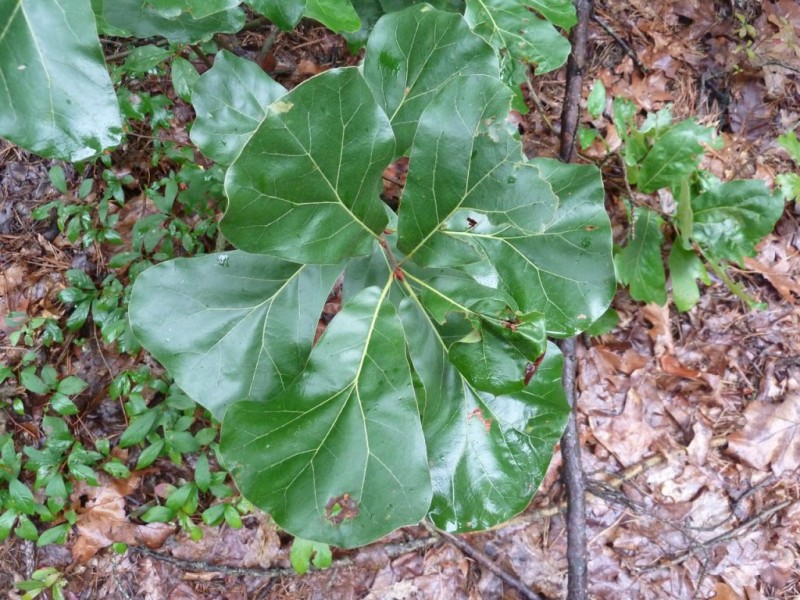What Eats Blackjack Oak
Uncommon small tree of uplands, most often growing on poor, dry sites. Intolerant of shade. The large, coarse leaves are club-shaped, thick, glossy above, and hairy below. Water Oak (Quercus nigra) also has club-shaped leaves, but is not otherwise similar - it's a large tree of wet areas, with much smaller, smooth leaves and less rough bark.
Like other oaks, the staminate (male) flowers are in drooping catkins.
Jays, woodpeckers, turkey, mice, squirrels, raccoon, and deer eat the acorns. Innumerable organisms, from lichens to spiders, birds, snakes, squirrels, and raccoons, live in oak trees, in cracks in the bark, among the leaves, in the branches, or in hollow wood. The blackjack is a small, gnarly tree usually under 35 feet tall with a round crown and leathery, three-lobed leaves. It is a member of the red oak tribe and has the characteristic leaf spine at the end of each lobe. Hey Bro, sorry I missed this post, must have been at the VA, anywayz.if you have access to some good BlackJack Oak, I say go for itit is a good wood, only one or two will be found around stands of Live Oak here in Central Texas, it prefers the sandier soil, you can identify it by the “clubbier looking leaves” does that make sense:). In the red oak group there are northern red oak and southern red oak species, as well as cherrybark, Schumard, pin, black, and scarlet oak. Blackjack oak is more commonly called black oak. All these individual species are not separated but all are lumped together into the lumber grouping called red oak. This hybrid cross of two oaks in the White Oak family produces a sweet acorn consumed by all wildlife, and preferred by whitetails. The parent tree exhibits a very large acorn, nearly twice the size I normally see with this hybrid, and recently produced over 1000 pounds of acorns!
Orange Co., NC 4/12/08.

Scotland Co., NC 4/20/05.
Fall foliage is red to brown.
Durham, NC 11/18/06.

What Eats Blackjack Oak Lawn
Blackish, blocky bark of a large tree.